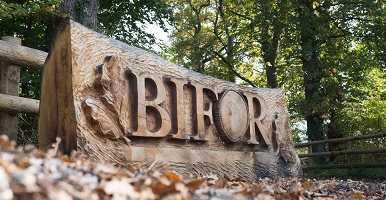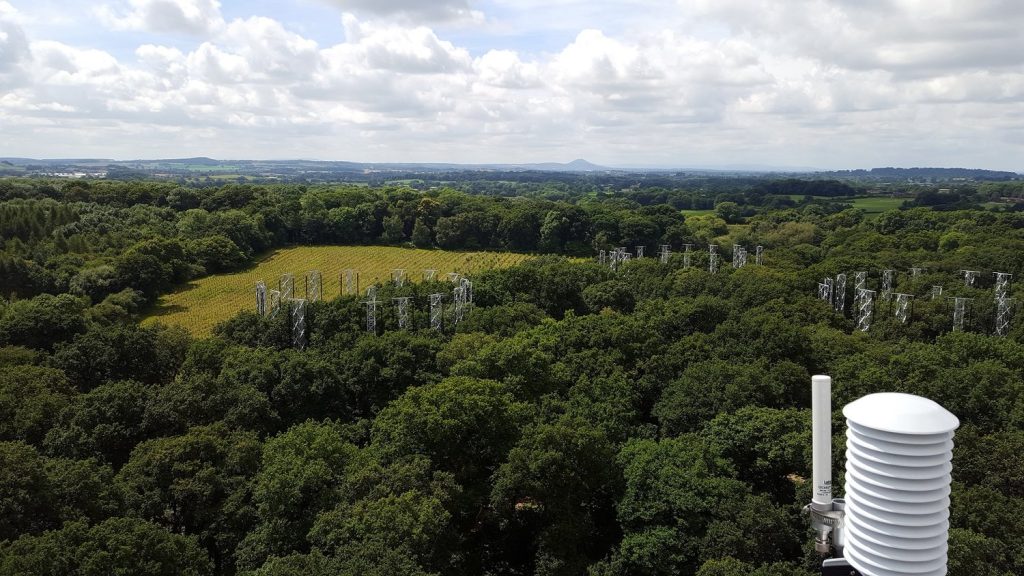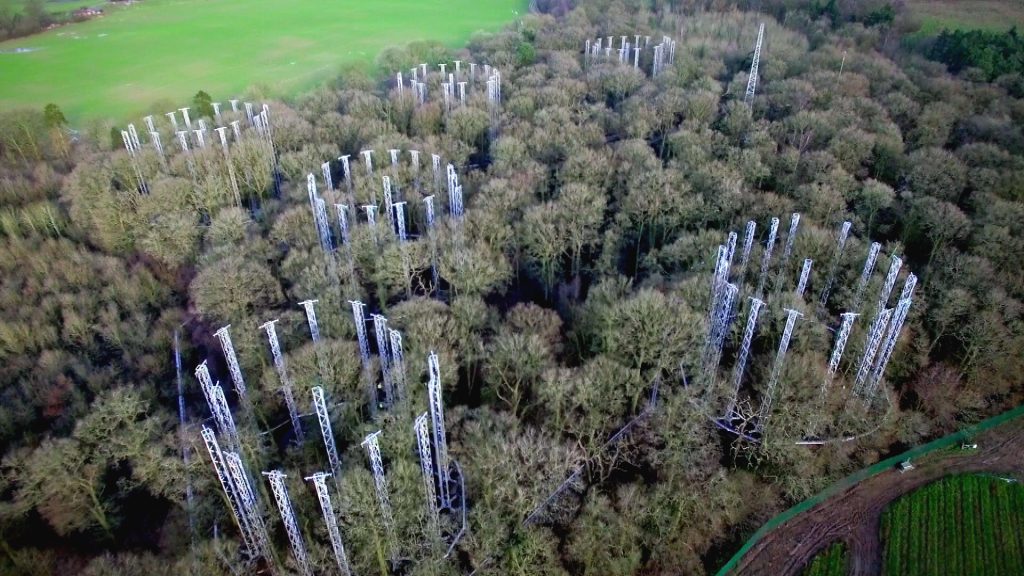
The University of Birmingham's Science and Research department is at the forefront of a groundbreaking project called BIFoR FACE. This project aims to provide a step-change in our understanding of how forests will respond to future increases in atmospheric carbon dioxide (CO₂), including effects on forest growth and agricultural pests and diseases.
The BIFoR FACE project is made possible by a generous £15M private donation and is set up to expose patches of 180-year-old oak woodland to elevated CO₂ concentrations (approximately 550ppm). The facility began elevating CO₂ in April 2017 and will continue for every growing season until 2026.
The unique Free-Air Carbon Enrichment (FACE) facility located within the Mill Haft woodland at Norbury Junction in Staffordshire is the world’s only place to study, by direct experiment, how the vast northern temperate forests will respond to future increases in atmospheric CO₂.

One of the key challenges that BIFoR FACE addresses is the impact of climate and environmental change on woodlands. Carbon dioxide (CO2) levels in our air are rising, mostly due to our use of fossil fuels. As CO2 rises, so does the world’s temperature. Trees and the soil around them help us capture some of this CO2.
In a giant experiment in a Staffordshire woodland, researchers are pumping CO2 around trees to simulate the atmosphere we’re predicted to have in 2050. This helps us see how the woodland responds – do the trees grow faster, locking away more carbon, or will changes in the soil and insect life cause problems? Learning about the effects of increased CO2 helps us plant woodland most likely to survive and thrive in the future.
The BIFoR FACE project takes place in a research facility called the BIFoR Free Air Carbon Dioxide Enrichment facility or BIFoR FACE for short. It is located on private land in Staffordshire and is a second-generation forest FACE site.
After a 'first generation' of forest FACE experiments had built our knowledge base on how young forest plantations are affected by increasing atmospheric CO2, the scientific community has long argued the urgent need for upscaled experiments in mature, complex forest ecosystems. BIFoR-FACE is only the second such facility worldwide, and the only one in the Northern Hemisphere.

Thanks to the BIFoR FACE facility, researchers can conduct real-world experiments to improve our climate projections and evaluate risks to forest ecosystems and the services they provide. The research team at BIFoR FACE is drawn from leading research groups across the world, each bringing their distinctive research expertise to bear.
We at SciQuip are proud to be a part of this groundbreaking project. We donated a large amount of lab equipment to their research lab in order to assist with this project, for free and highly discounted rates. Our contribution to the BIFoR FACE project means that researchers have access to the right equipment to carry out their experiments efficiently and accurately.
The BIFoR FACE project is a pioneering effort to understand how forests will respond to future increases in atmospheric CO₂. With its unique Free-Air Carbon Enrichment (FACE) facility, the project aims to provide a step-change in our understanding of how forests will respond to climate change. As science enthusiasts we’re super excited to be a part of this project and look forward to seeing the results of the research in the future.

Certified to ISO9001 & ISO14001


